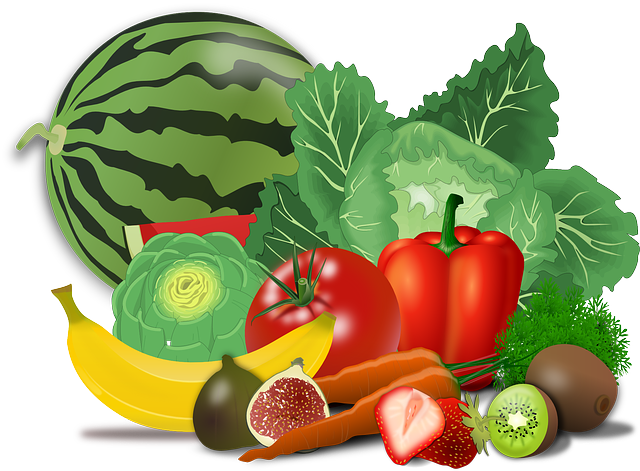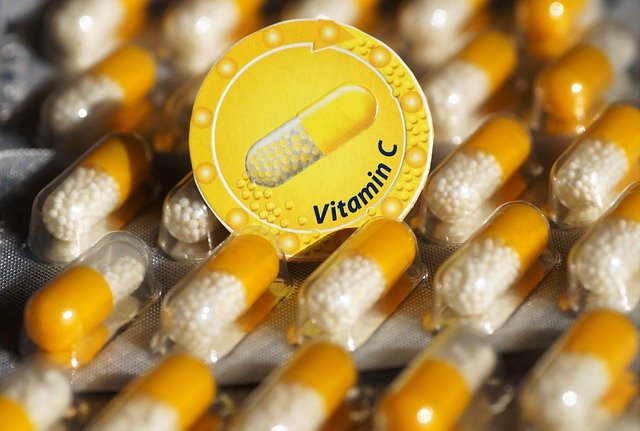Vitamin C—also known as L-ascorbic acid—is more than just the vitamin you reach for during cold season. It’s an essential water-soluble nutrient that plays a critical role in everything from immune defense to collagen synthesis and antioxidant protection. Unlike most animals, humans can’t produce vitamin C on our own, which means we must get it from our diet or supplements. But how much is enough, and can you take too much? Let’s explore the science-backed recommendations and best sources of this vital nutrient.

Why Vitamin C Matters
Vitamin C does more than just help fend off sniffles. It supports immune function, helps the body heal wounds, enables the production of collagen (key for healthy skin and joints), and acts as a potent antioxidant, shielding our cells from damage caused by harmful molecules called free radicals. It also enhances the absorption of non-heme iron, the form of iron found in plant-based foods, making it especially important for individuals at risk of iron deficiency.
Recommended Daily Intake: What the Experts Say
The amount of vitamin C you need depends largely on your age, sex, and life stage. According to the Institute of Medicine (IOM), the Recommended Dietary Allowance (RDA) for vitamin C is as follows:
- Children (1–3 years): 15 mg
- Children (4–8 years): 25 mg
- Adolescents (9–13 years): 45 mg
- Teens (14–18 years): 65–75 mg
- Adult women (19+): 75 mg
- Adult men (19+): 90 mg
- Pregnant women: 85 mg
- Breastfeeding women: 120 mg
The Daily Value (DV) seen on nutrition labels has also been updated. As of 2020, the DV for adults and children over age 4 is 90 mg, aligning with the RDA for adult men.
Extra Benefits for Certain Conditions
Vitamin C isn’t just for general wellness—it may offer extra benefits for certain health concerns. Studies have shown that regular supplementation (1–2 grams per day) doesn’t necessarily prevent the common cold, but it can reduce the duration and severity of symptoms, especially in children. Additionally, people with iron deficiency anemia may benefit from pairing iron-rich foods with vitamin C to improve absorption.

Best Natural Sources of Vitamin C
Fruits and vegetables are the go-to sources of vitamin C, and eating them raw is ideal since heat can degrade the nutrient. Here’s a quick look at some of the most vitamin C-rich foods:
| Food | Serving Size | Vitamin C Content | %DV (Based on 90 mg) |
|---|---|---|---|
| Red bell pepper | ½ cup (75g), raw | 95 mg | 106% |
| Orange juice | ¾ cup (177ml) | 93 mg | 103% |
| Kiwifruit | ½ cup (90g) | 64 mg | 71% |
| Green bell pepper | ½ cup (75g), raw | 60 mg | 67% |
| Cooked broccoli | ½ cup (78g) | 51 mg | 57% |
| Fresh strawberries | ½ cup (72g) | 49 mg | 54% |
| Cooked Brussels sprouts | ½ cup (81g) | 48 mg | 53% |
With so many options, including just a few servings of these fruits and vegetables daily can easily help you meet your vitamin C needs.

Choosing the Right Supplement
If your diet falls short or your body has increased demands (due to smoking, illness, or stress), supplements can be helpful. The most common and effective form is ascorbic acid, known for its high bioavailability. You’ll also find mineral ascorbates (like calcium or sodium ascorbate) and formulations that include bioflavonoids, which may enhance absorption further.

Look for supplements that provide between 45–120 mg of vitamin C, depending on your individual requirements. Multivitamins often contain sufficient amounts to help you meet your daily needs.
Can You Have Too Much of a Good Thing?
While vitamin C is generally safe and well-tolerated, taking excessively high doses can lead to digestive discomfort, including cramps, diarrhea, and nausea. For most healthy adults, the Tolerable Upper Intake Level (UL) is set at:
- 400 mg for children (1–3 years)
- 650 mg for children (4–8 years)
- 1,200 mg for adolescents (9–13 years)
- 1,800 mg for teens (14–18 years)
- 2,000 mg for adults (19 and older)
Additionally, individuals with hemochromatosis—a condition that causes iron buildup—should be cautious with high-dose vitamin C, as it may increase iron absorption to harmful levels.
The Bottom Line
Vitamin C is a cornerstone of good health, playing critical roles in immune defense, skin repair, and antioxidant protection. While your needs vary by age and life stage, most people can meet their requirements through a balanced diet rich in colorful fruits and vegetables. When supplements are necessary, stick to recommended doses and avoid megadoses unless advised by a healthcare provider. With the right choices, vitamin C can be a simple yet powerful ally in your wellness routine.

